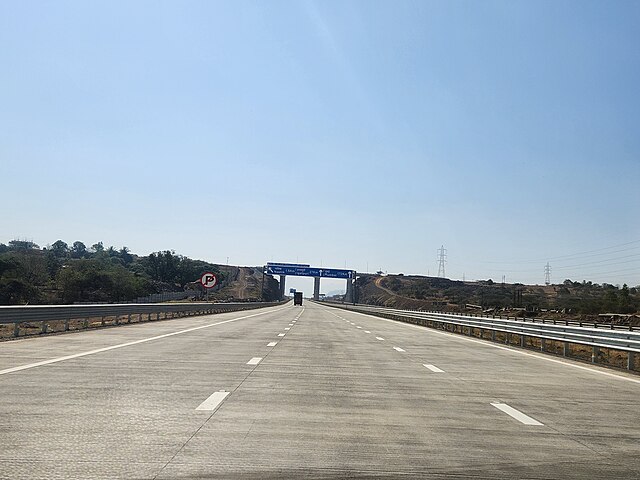Nearly two years after Prime Minister Narendra Modi inaugurated the Hindu Hrudaysamrat Balasaheb Thackeray Maharashtra Samruddhi Mahamarg, which connects Mumbai and Nagpur, essential amenities for motorist such as fuel stations, garages, eateries, public restrooms, and first aid clinics are still lacking. This absence significantly increases the risk of accidents along the route.
To address this shortfall, the Maharashtra State Road Development Corporation (MSRDC) has launched a new effort to engage private companies in developing these crucial amenities. The first of these facilities are anticipated to be established within the next six months.
The Samruddhi Mahamarg stretches 701 km, with 625 km currently open to traffic, excluding the section between Igatpuri and Mumbai. As the entire route is access-controlled and lacks wayside amenities, motorists are forced to exit the expressway in search of eateries, restrooms, and garages. The absence of rest areas with parking facilities also increases the risk of highway hypnosis, a trance-like state that reduces alertness and heightens the danger of fatal accidents.
“Highway hypnosis is a major cause of accidents on the Samruddhi Expressway,” said a State Highway Police official, who requested to remain anonymous.
In mid-2023, nearly six months after the Prime Minister inaugurated the stretch between Nagpur and Shirdi, the MSRDC made its initial attempt to develop wayside amenities. Four locations were chosen two in each direction—in the Aurangabad and Nashik districts. Each planned wayside hub was set to cover 10-12 hectares and include fuel stations, parking lots, garages, eateries, and other essential facilities.
Tenders for establishing these hubs were issued in July 2023, but the process was later canceled due to technical issues.
The MSRDC has now proposed a new plan to create 16 wayside hubs—eight in each direction. These hubs will feature separate parking areas for cars, buses, and trucks, along with garages for minor repairs, toilets, restaurants, first aid clinics, staff rooms, and other amenities. However, the size of each hub has been reduced to four hectares, with one exception covering three hectares.
“Since the hubs will cater to drive-ins, we will follow a 3:1 ratio – that is, three hectares will be dedicated for parking while amenities will be housed in the remaining one hectare,” said an MSRDC official.
All the hubs would be integrated with fuel stations, for which oil marketing companies have been allotted land at 24 locations along the highway. “The remaining eight fuel stations will remain standalone fuel stations at this stage,” said the official quoted earlier.
Tenders for establishing the 16 hubs were floated earlier this month, said sources. Once the bidding process is complete and private players are appointed, they would have to establish the amenities within three months.
“Each firm will be given rights to operate hubs for a period of 60 years. They can initially start offering services out of portable cabins and move into permanent structures once they are readied at their own cost,” said the official.
👉 Click here to read the latest Gujarat news on TheLiveAhmedabad.com



